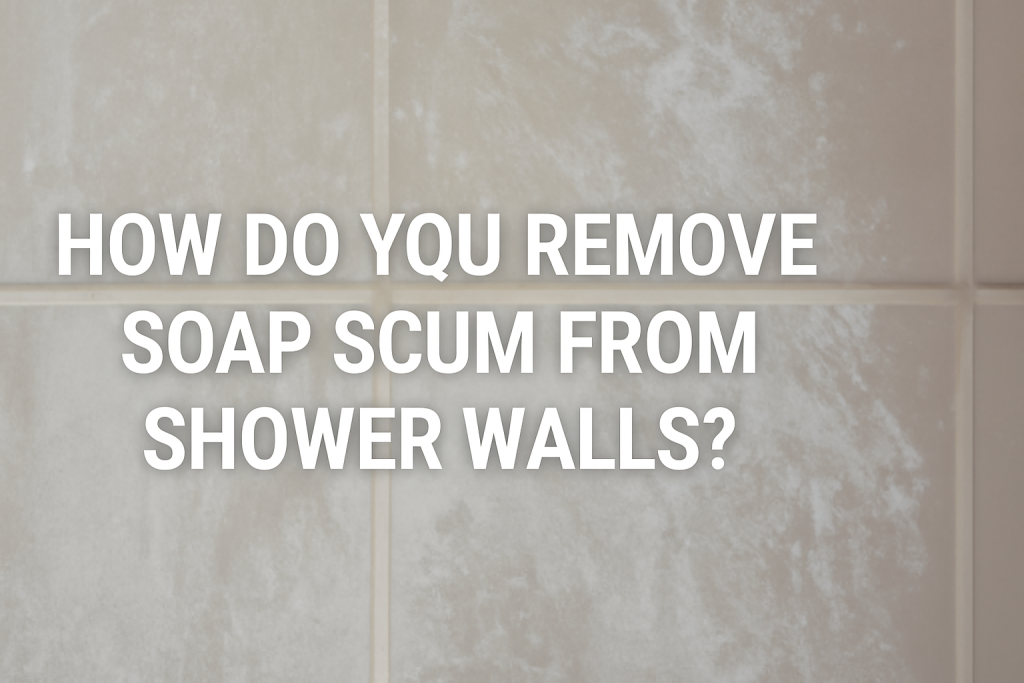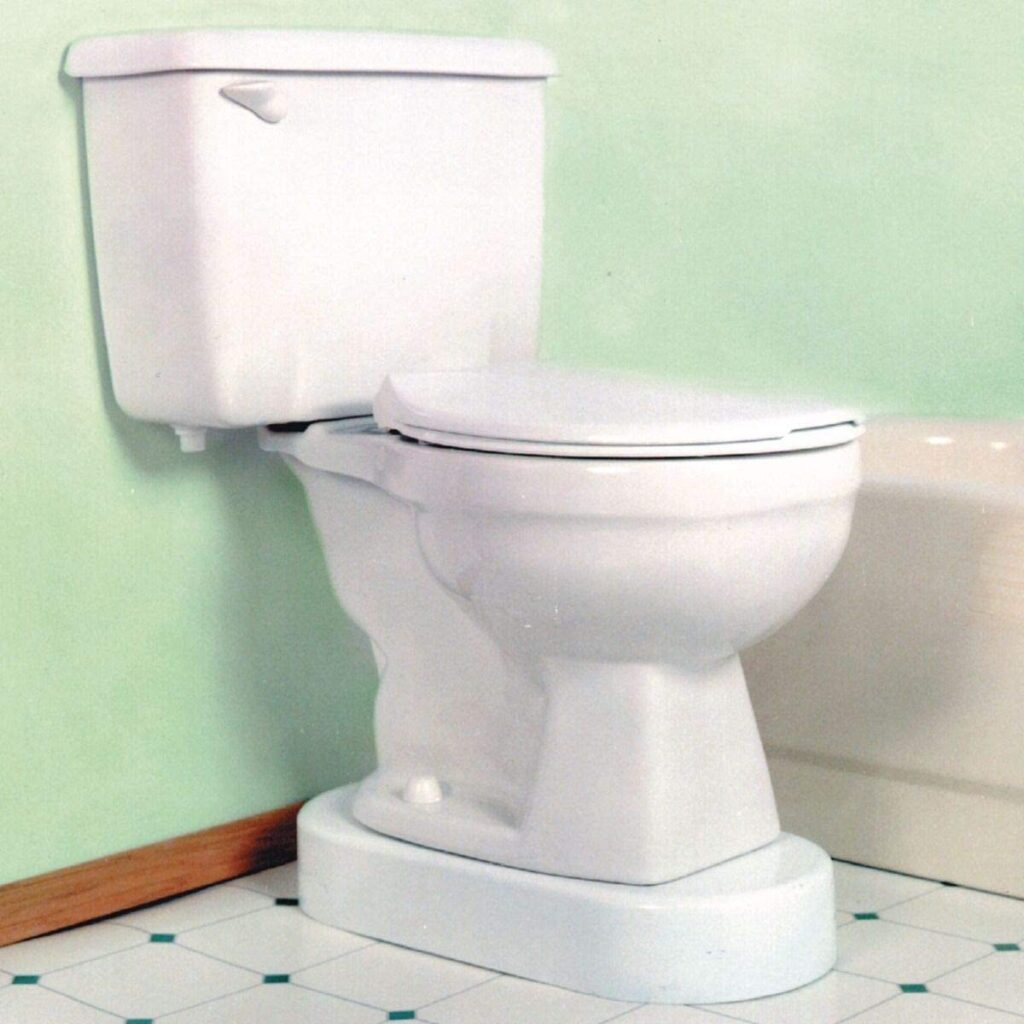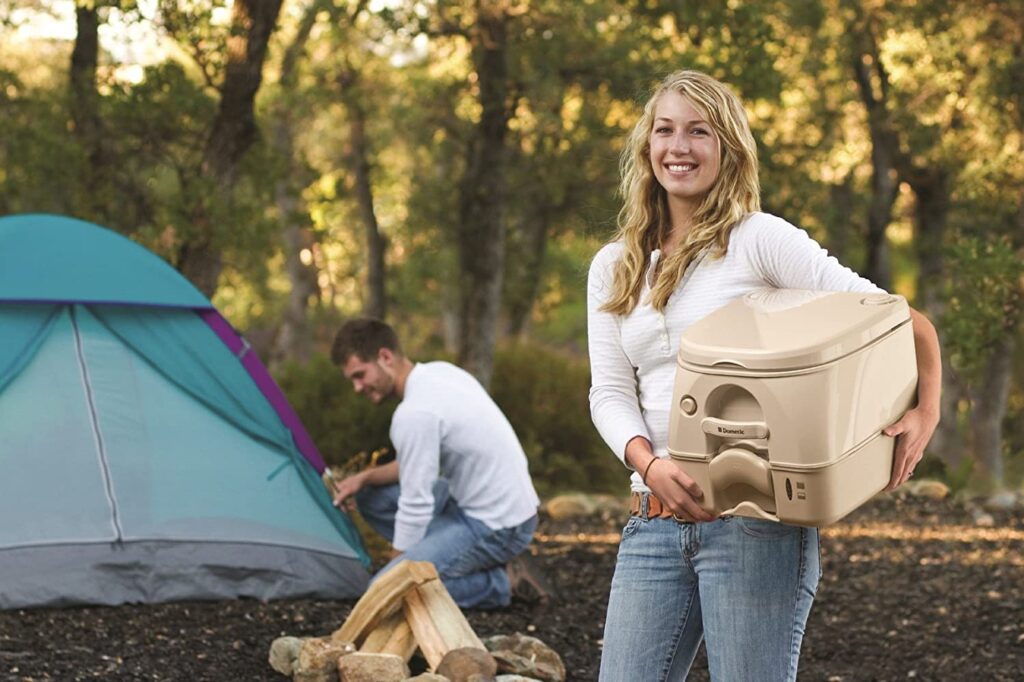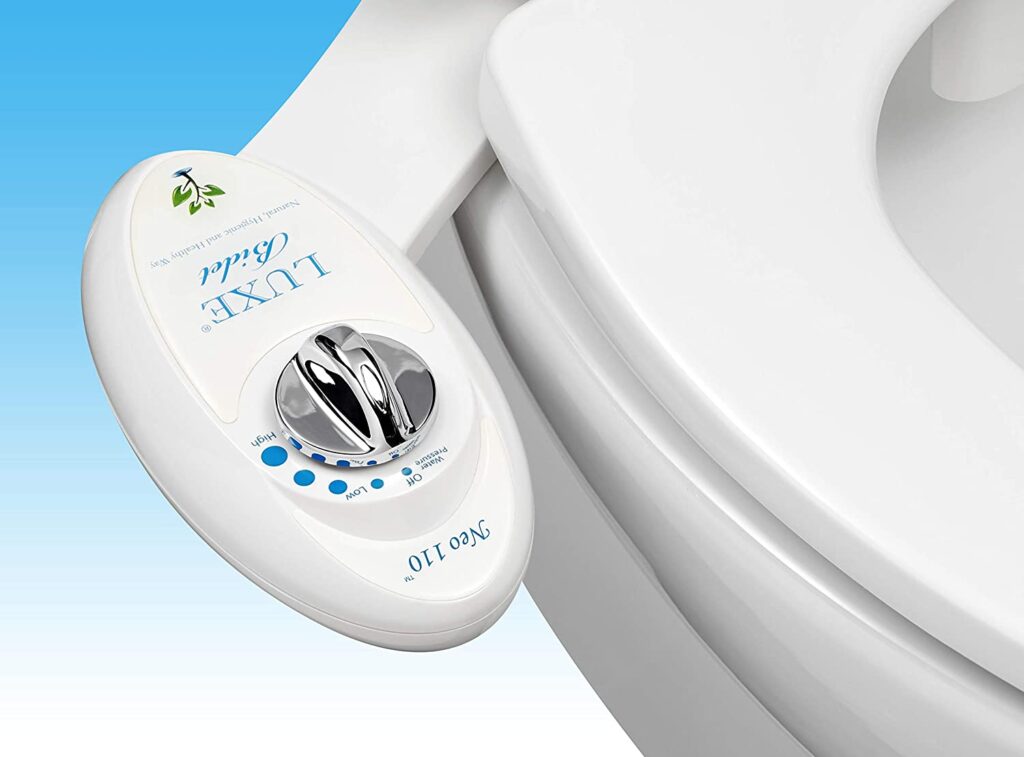 Soap scum can turn a sparkling shower into a grimy, frustrating mess. It’s not just an eyesore—it can also make your bathroom feel less hygienic. If you’re wondering how to remove soap scum from shower walls without damaging the surface or exhausting yourself scrubbing endlessly, you’re in the right place.
Soap scum can turn a sparkling shower into a grimy, frustrating mess. It’s not just an eyesore—it can also make your bathroom feel less hygienic. If you’re wondering how to remove soap scum from shower walls without damaging the surface or exhausting yourself scrubbing endlessly, you’re in the right place.
In this in-depth guide, we’ll explain exactly what causes soap scum, how to remove it from various surfaces, and how to prevent it from coming back. Whether you prefer natural remedies or commercial products, we’ve got you covered.
Table of Contents
What Is Soap Scum and Why Does It Build Up?
The Science Behind Soap Scum
Soap scum forms when the fatty acids in bar soap react with the calcium and magnesium in hard water. This reaction creates a white or grayish film that sticks to shower walls, doors, and fixtures. Over time, this residue combines with body oils, dirt, shampoo, and mold spores, making it even more stubborn.
Where It Commonly Accumulates
- Shower tiles (ceramic, porcelain, or natural stone)
- Glass doors and partitions
- Grout lines and corners
- Acrylic or fiberglass panels
- Metal fixtures and faucets
Removing soap scum effectively means understanding where it hides and how to treat each surface type appropriately.
Tools and Supplies You’ll Need
Natural DIY Options
Many people prefer natural solutions for health or environmental reasons. These basic ingredients work well:
- White vinegar – Cuts through mineral deposits
- Baking soda – Mild abrasive that loosens buildup
- Lemon juice – Natural acid and degreaser
- Spray bottle – For easy application
- Non-scratch sponge or scrub brush – To avoid scratching sensitive surfaces
Commercial Soap Scum Removers
If DIY isn’t your thing, plenty of effective cleaners are available on Amazon:
- Scrubbing Bubbles Mega Shower Foamer – Great for general buildup
- Rain-X Shower Door Cleaner – Designed for glass surfaces
- Bar Keepers Friend Spray + Foam – Ideal for tile and metal
- Rejuvenate Soap Scum Remover – Non-abrasive, multi-surface cleaner
- OXO Shower Squeegee – Perfect for daily use to prevent scum
These commercial products are specially formulated to remove soap scum without harming your shower.
How to Remove Soap Scum from Shower Walls: Step-by-Step
Step 1 – Apply Your Cleaning Solution
Start by spraying your selected solution—whether it’s vinegar, a baking soda paste, or a commercial product—liberally across your shower walls. For glass or tile, let the cleaner sit for 10 to 15 minutes to soften the buildup.
Step 2 – Scrub Gently but Effectively
Using a non-scratch sponge or soft brush, scrub the affected areas in circular motions. Pay extra attention to corners, grout lines, and under fixtures, where soap scum likes to hide. For textured surfaces, a brush with medium bristles may work better than a sponge.
Step 3 – Rinse Thoroughly with Warm Water
Once the soap scum has loosened, rinse the walls with warm water using a detachable showerhead or a clean bucket. This helps remove any residue and cleaning solution.
Step 4 – Repeat if Necessary
For heavy buildup or older stains, you may need to repeat the cleaning process 1–2 more times. Be patient—layers of scum may take time to remove.
Step 5 – Dry the Surface Completely
Use a microfiber cloth or a bathroom squeegee to wipe down your shower walls. This prevents new watermarks and removes leftover residue.
How to Remove Stubborn or Old Soap Scum
Baking Soda and Vinegar Paste
If vinegar alone doesn’t work, mix baking soda with a little water to form a paste. Apply it directly to the scum, then spray white vinegar over it. The fizzing reaction helps break down stubborn buildup. Let it sit for 15–30 minutes before scrubbing.
Use a Plastic Razor Blade (on Glass and Tile Only)
For crusty or hardened scum, use a plastic razor blade or scraper at a low angle. Gently scrape the buildup without damaging the surface. Avoid this method on acrylic or fiberglass.
Try Heavy-Duty Cleaners
If natural options fail, try a stronger cleaner like CLR (Calcium Lime Rust Remover) or Lime-A-Way. Always wear gloves, ventilate the room, and test in a small area first.
⚠️ Avoid using abrasive scouring pads or harsh chemicals like bleach on natural stone or fiberglass.
How to Prevent Soap Scum from Coming Back
1. Switch to Liquid Soap or Body Wash
Bar soap is one of the biggest contributors to scum. Switch to liquid soap or body wash, which is less likely to create residue when mixed with hard water.
2. Wipe Down Walls After Each Shower
Using a squeegee or microfiber cloth after every shower is one of the simplest and most effective ways to prevent buildup.
3. Apply a Water Repellent
Use a product like Rain-X or Invisible Shield on glass and tile surfaces. These create a hydrophobic layer that helps water (and soap residue) run off more easily.
4. Seal Grout and Stone Tiles
For tiled showers, reseal grout and stone surfaces every 6–12 months. This reduces absorption of water and soap residue.
5. Install a Water Softener (If You Have Hard Water)
Hard water accelerates soap scum buildup. A whole-house water softener reduces mineral content, making cleaning easier.
Frequently Asked Questions
Q1: What removes soap scum the best?
White vinegar, baking soda, or a commercial cleaner like Scrubbing Bubbles or Bar Keepers Friend are among the best options. For tough buildup, use a baking soda paste followed by a vinegar spray.
Q2: Can I use vinegar to clean soap scum from shower walls?
Yes! Vinegar is a natural acid that dissolves soap scum and mineral deposits effectively. Spray it on the walls, let it sit for 10–15 minutes, then scrub and rinse.
Q3: How do you remove soap scum from fiberglass or acrylic showers?
Use non-abrasive tools like a soft sponge and a gentle cleaner such as Rejuvenate or a vinegar and water solution. Avoid harsh scrubbing pads or bleach, which can scratch or discolor the surface.
Q4: Will soap scum come off with just water?
No, water alone won’t break down soap scum. You’ll need a cleaner—either acidic (like vinegar) or a specialty product—plus scrubbing action to remove it effectively.
Q5: How can I prevent soap scum from coming back?
Switch to liquid soap, wipe down the shower after each use, and apply a water-repellent coating on walls and glass to reduce future buildup.
Final Thoughts: Keep Your Shower Sparkling Clean
Soap scum may be annoying, but with the right methods and tools, it’s entirely manageable. Whether you prefer natural shower cleaners or commercial products, staying ahead of buildup with regular maintenance is the key.
To recap:
- Use vinegar, baking soda, or quality commercial products to remove soap scum
- Always rinse and dry after cleaning
- Prevent scum by wiping down walls and using liquid soap
With just a little effort, you can remove soap scum from shower walls and keep your bathroom fresh, clean, and guest-ready.






